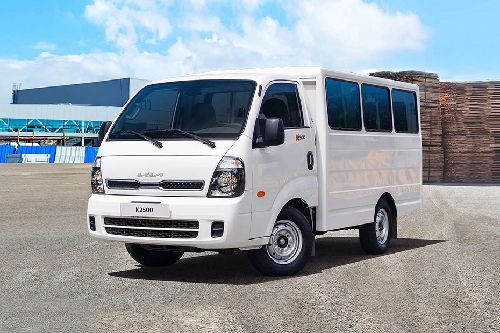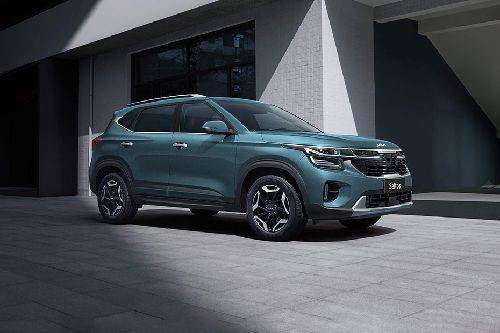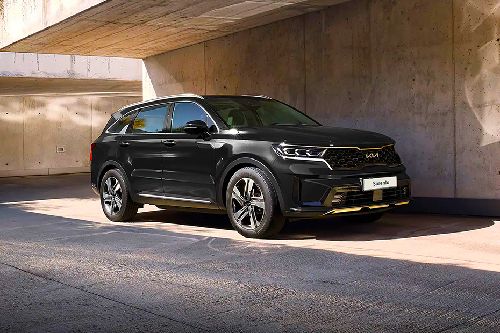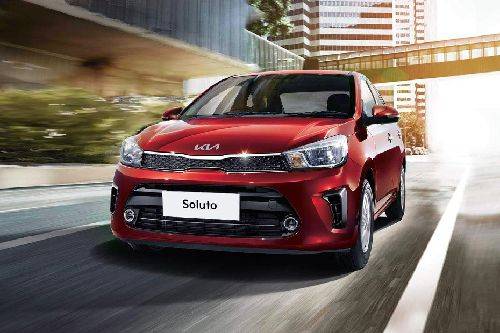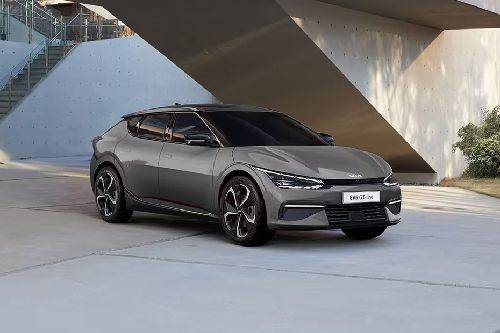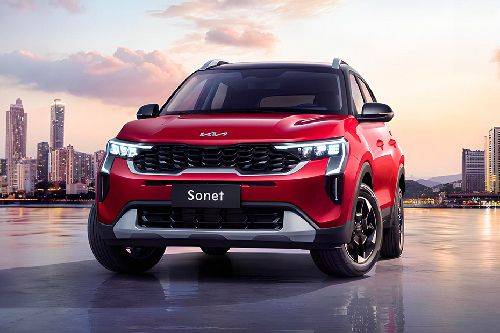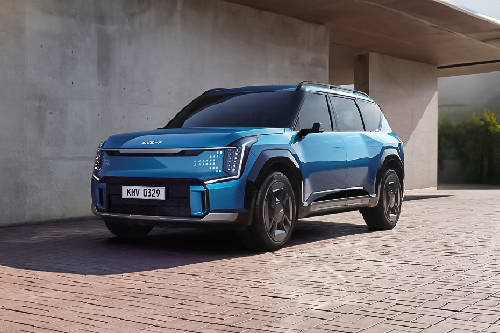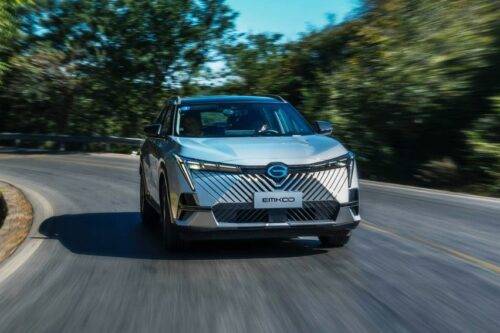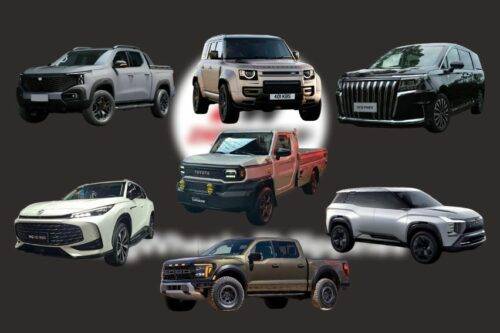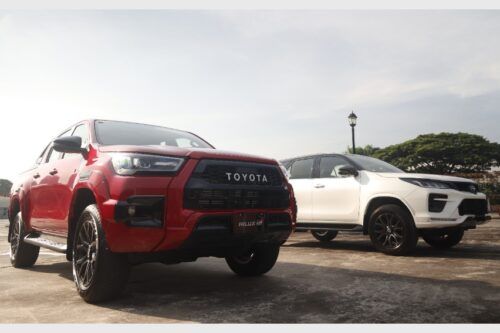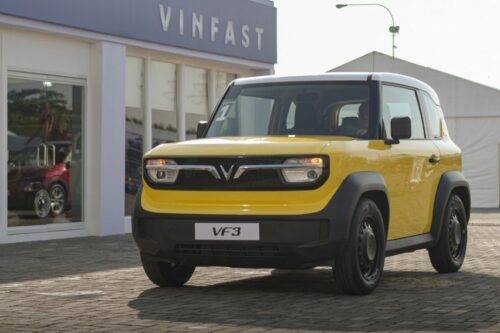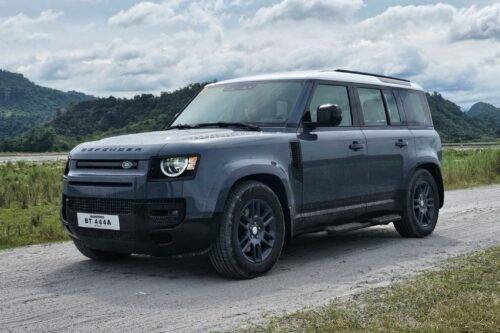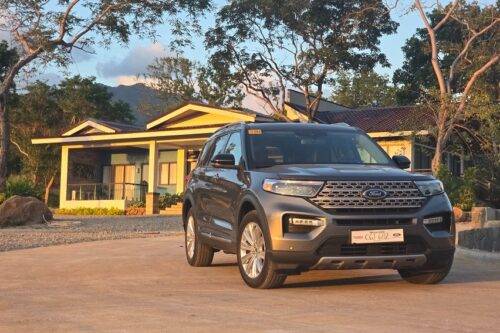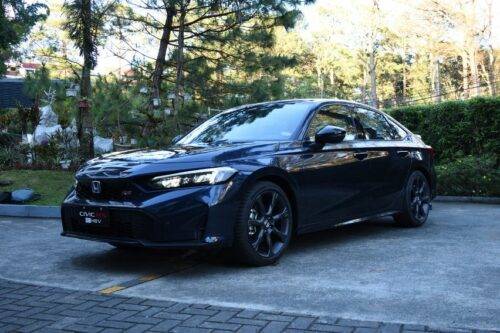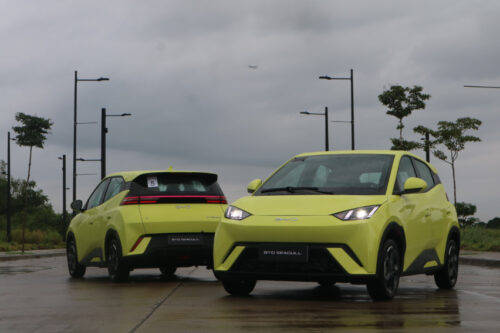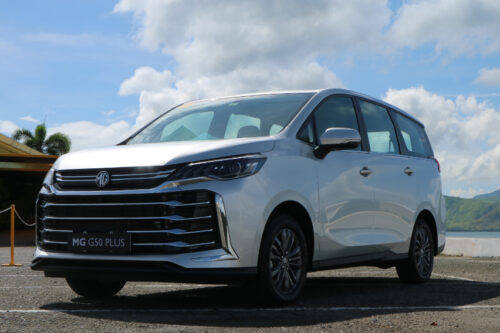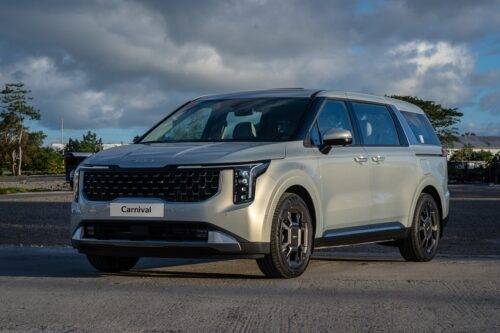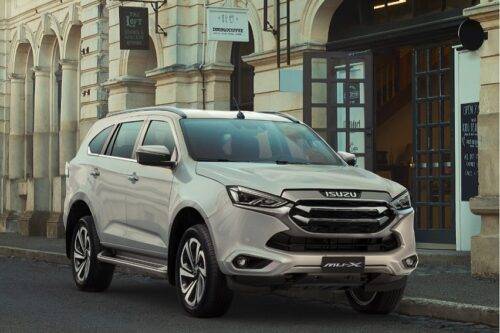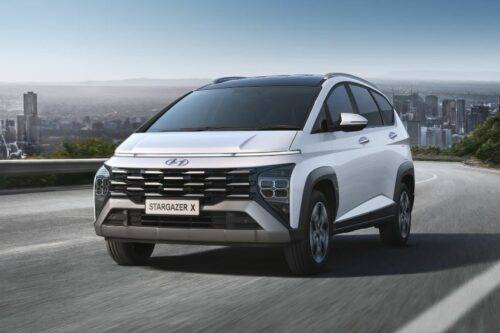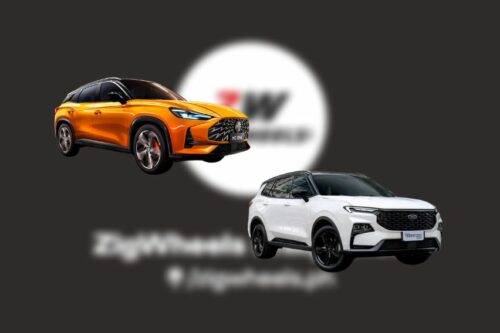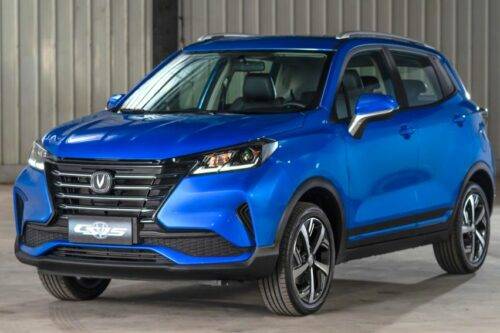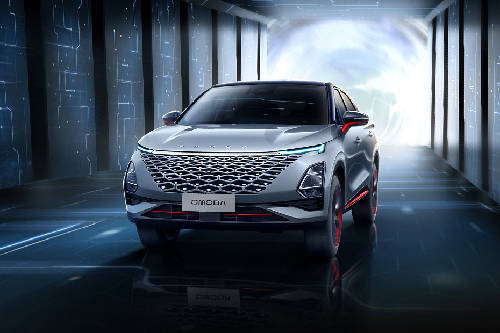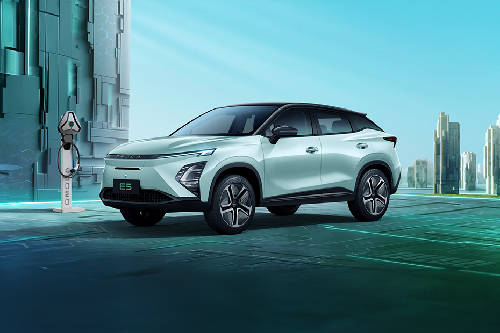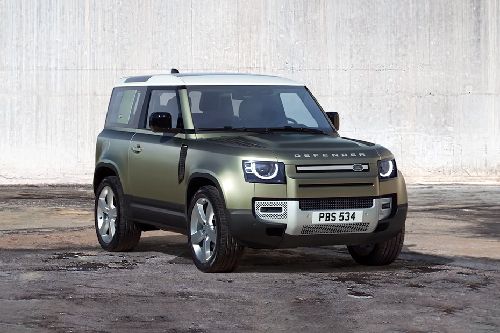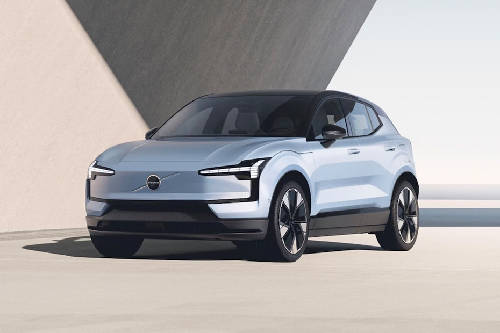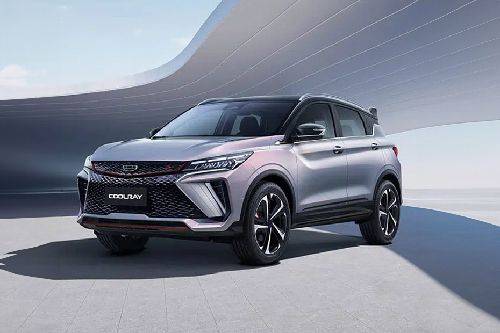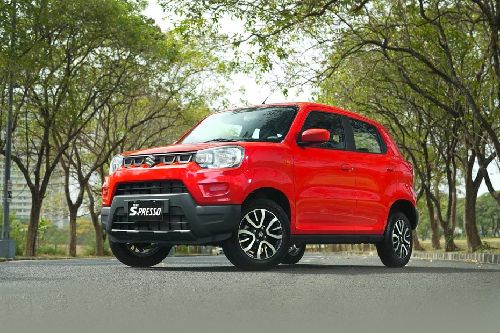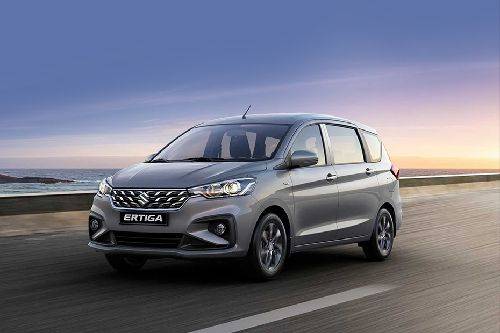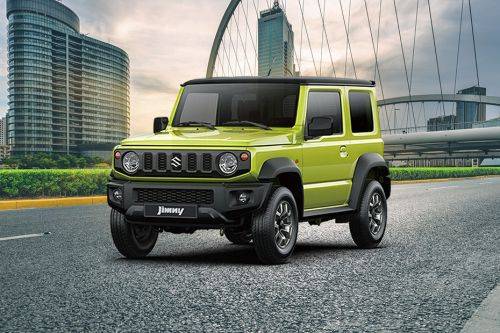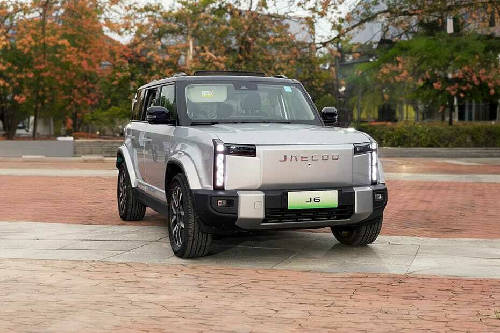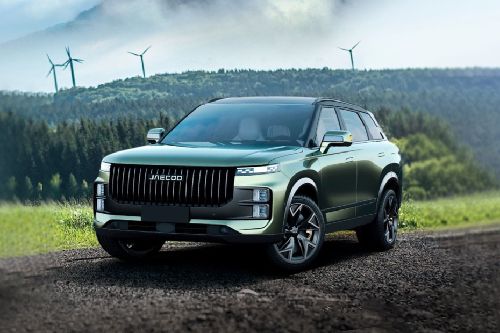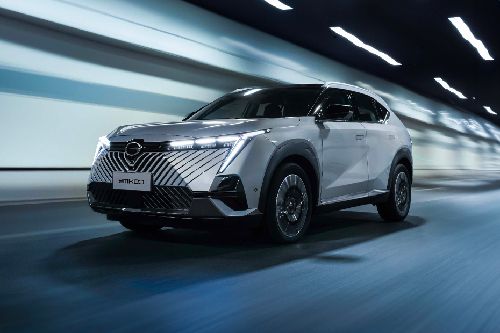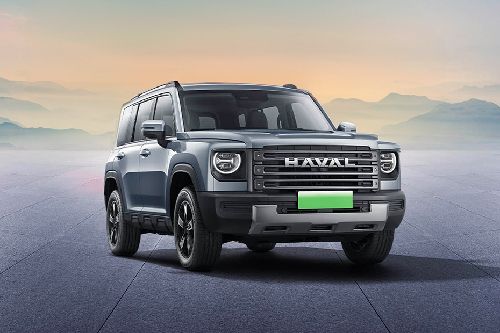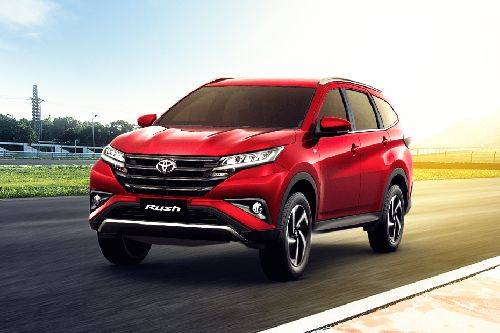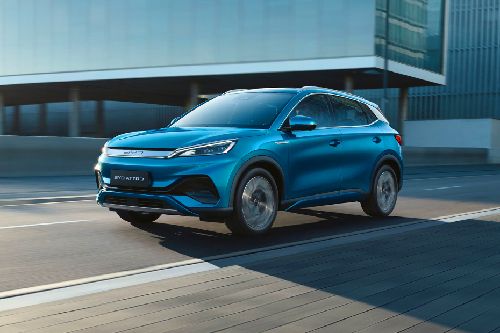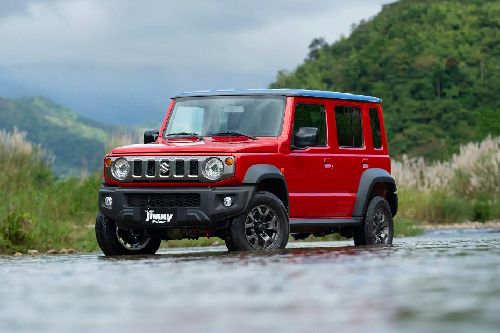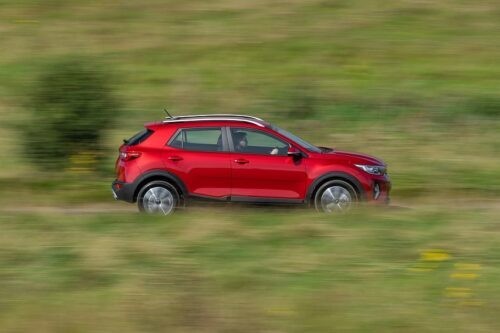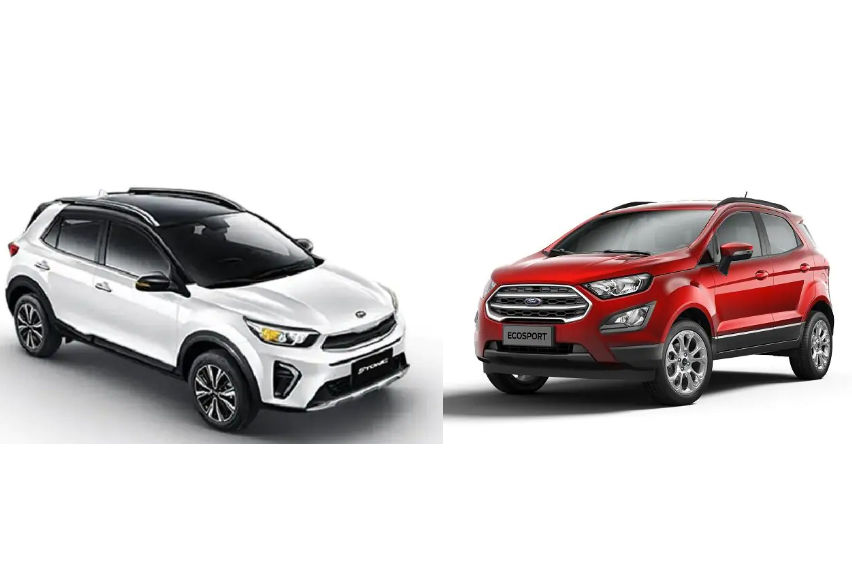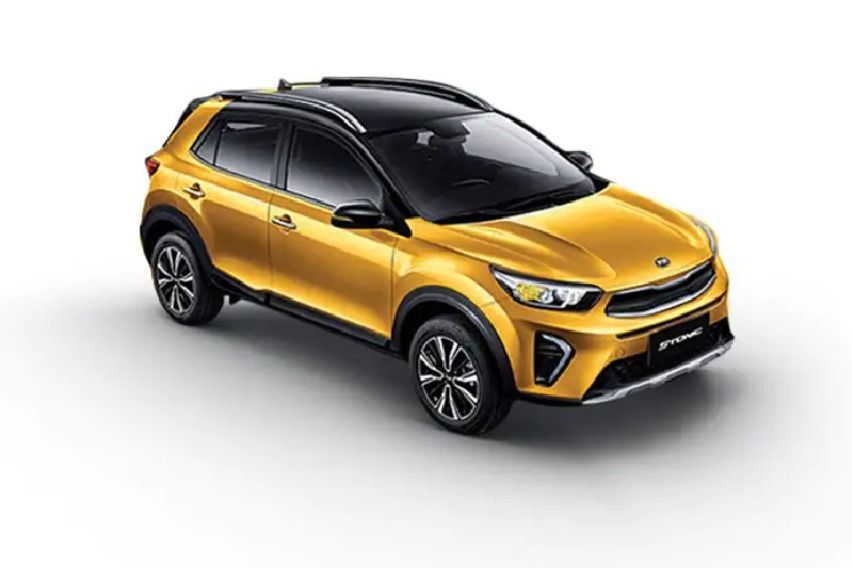Everything you need to know about the Kia Stonic
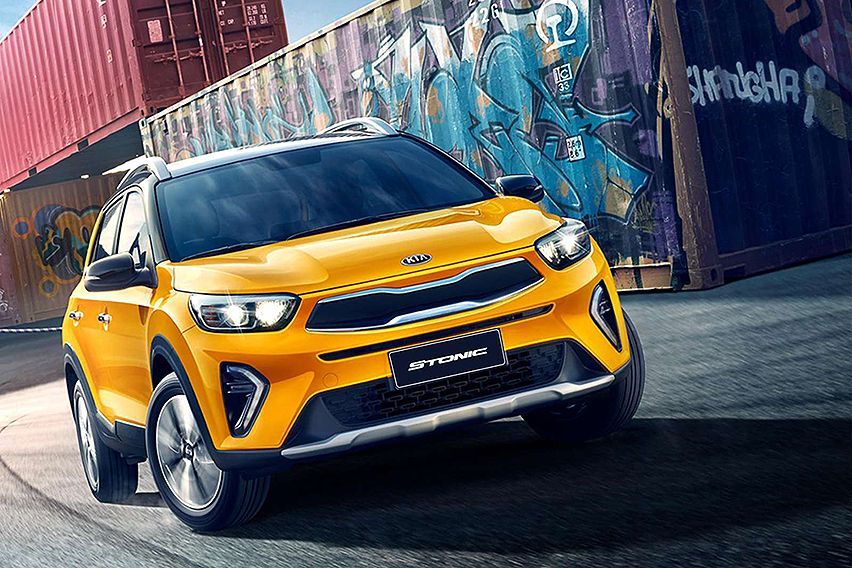
The Kia Stonic is a relative newcomer, and very a late one at that, to the subcompact crossover segment, yet the Korean automaker expects it to be a volume seller even against very stiff competition.
It just debuted in mid-2017 before hitting the markets in Europe and Korea later that year. These are the units made in the Sohari plant in Gwangmyeong, South Korea.
In Yancheng, China, a joint venture between Dongfeng Motor Corporation, Yueda Group and Kia Motors also makes a similar model called the KX1. It only differs from the Korea-made Stonic in that it has a reshaped hood, modified bumpers, better DRLs (daytime running lamps), a rectangular gas tank hatch, and does not have AEB (automatic emergency braking), blind zone monitoring and cruise control. This was rebadged as a Stonic and exported to the Philippines.
Kia Philippines offers this nameplate in three trims, the LX MT (manual transmission), LX AT (automatic transmission), and the top-range EX AT.
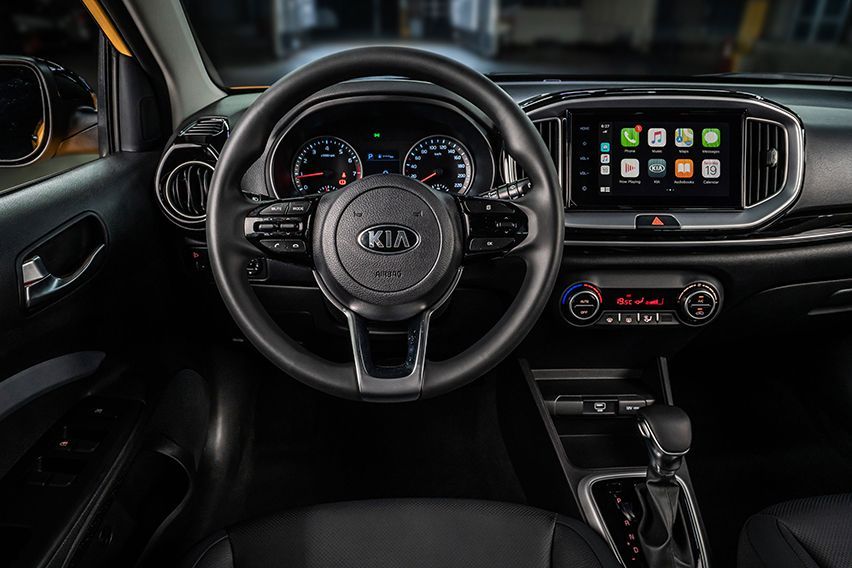
The China-made Stonic is a little shorter by 40mm than the original model that sells in Europe and South Korea which was designed by Peter Schreyer. Its dimensions are 4,100mm in length, 1,735mm in width, and a height of 1,533mm. Wheelbase is 2,570mm and ground clearance is an acceptable 185 mm for a crossover.
The MT weighs 1,074 kilograms while the two AT units weigh the same at 1,117 kilograms.
Same as in the Chinese market, we only get on engine option, a 1.4-liter, four-cylinder unit with D-CVVT (Dual Continuous Variable Valve Timing). The latter is tech borrowed from the Hyundai Genesis that controls 32 individual valves up to 58 times per second in order to get better fuel economy, reduced exhaust gases (NOx, HC), and improved engine performance (through reduction of pumping loss, internal EGR effect improvement of combustion stability, improvement of volumetric efficiency, and increase of expansion work).
Power output in the MT is only 95hp but both AT trims get 100hp. Torque is the same across all trims at 132Nm. The front wheels are driven by either a five-speed MT or a six-speed AT.
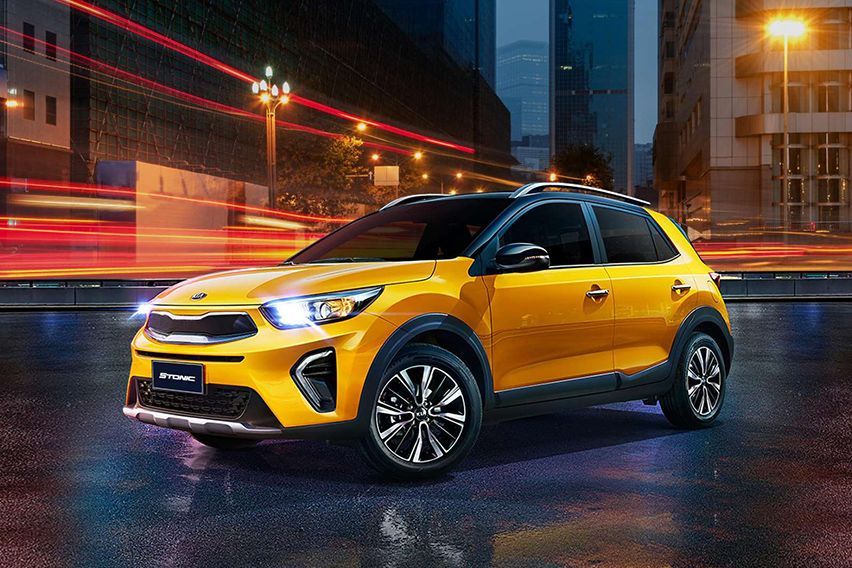
All trims share a motor-driven power steering system, front disc brakes, a MacPherson strut and stabilizer in front and a coupled torsion beam axle at the rear, and 195/60 R16 tires on 16-inch alloy wheels.
The one difference in the chassis is the LX models get rear drum brakes while the EX gets disc brakes as well. The advantage goes to the EX as disc brakes come with a better cooling design to prevent fading and/or overheating.
Standard across all trims are projection-type halogen headlamps, a fin-type antenna, front and rear skid plates, electronically adjustable outside rearview mirrors, a fin-type antenna, roof rails, intermittent windshield wipers, a rear window defogger, a rear spoiler, and a high-mount stop lamp.
On the body of the LX are front fog lamps, turn signal indicators built into the fender, black molding on the grille and beltline, and body color door handles.
Setting the EX apart are LED (light-emitting diode) DRLs, turn signal indicators integrated on the exterior rearview mirrors, black and silver molding on the grille, chrome coated beltline and outside door handles.
Noticeably, there are several external cues to show the superiority of the EX model over the LX.
In the cabin, the difference is a lot less, which favors buyers of the LX more.
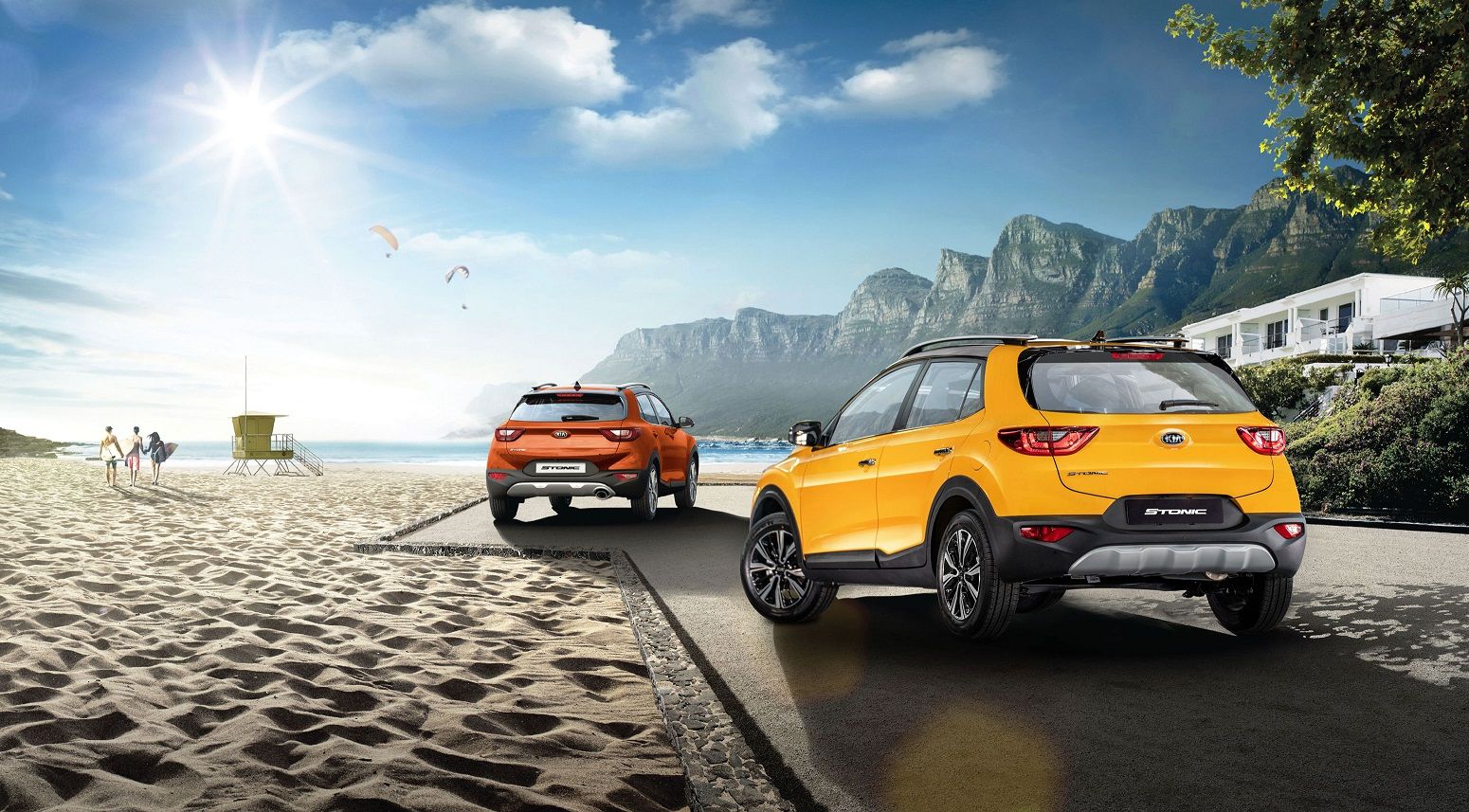
The instrument panel is standard on all three trims, including a 3.5-inch TFT (thin film transistor) LCD (liquid crystal display) MID (multi-information display), and it also share the same amenities like fabric seats, an 8-inch touchscreen infotainment system with Apple CarPlay and Android Auto, six speakers, day and night interior rearview mirror, room lamp, a manually-adjustable three-spoke urethane steering wheel with audio and Bluetooth controls, a urethane gear shift knob, power windows, power door locks, a power outlet, a 60:40 full-flat folding second-row seats, a luggage compartment lamp, two cupholders on the console, and four bottle holders on the door panel.
On the LX, the driver’s seat is only four-way adjustable while the EX driver’s seat is six-way adjustable.
A few other things differ between the LX and EX trims. The LX gets a plain black dashboard trim while the EX gets a black trim with silver accents, the EX also has a Smart Entry system (just keep the key in your pocket or bag and the doors unlock when you reach for the door handle), a Push-Start button, and an automatic climate control system.
Luggage capacity is 325 liters across the board.
In terms of safety features, the LX has a rear camera display with dynamic guidelines, driver and front passenger airbags, ABS (anti-lock braking system), two three-point ELR (emergency locking retractor) seatbelts with pretensioners in front, three three-point ELR seatbelts in the rear (two with pretensioners and one static), an Isofix child anchor, and a child lock system.
The EX has all of that plus rear sensors, electronic stability control, hill start assist, and an immobilizer.
LX models come in three colors, Prime Red, Extreme Blue, and Clear White.
Exclusive to EX models are the two-tone color options of Black/Flame Orange, Black/Flash Yellow, and Black/Clear White.
As made in China units, Kia Philippines benefits from the China-ASEAN Free Trade Agreement (C-AFTA), which reduces tariff to zero percent, and has allowed the Stonic to undercut majority of its competition.
The Stonic 1.4 LX MT is priced at P735,000 while the Stonic 1.4 LX AT goes for P835,000.
As for the top-of-the-line Stonic 1.4 EX AT, it is priced at P925,000.
Photos from Kia
Sell your car at the best price
 Verified and genuine buyers
Verified and genuine buyers
Kia Car Models
PIMS 2024
Trending & Fresh Updates
- Latest
- Popular
You might also be interested in
- News
- Featured Stories
Kia Featured Cars
- Latest
- Upcoming
- Popular
Latest Kia Stonic Car Videos on Zigwheels

Trending SUV
- Latest
- Upcoming
- Popular
Kia Stonic Car Articles From Carmudi
- journal

